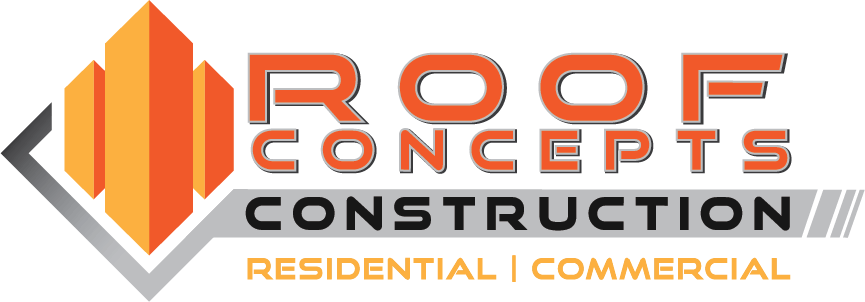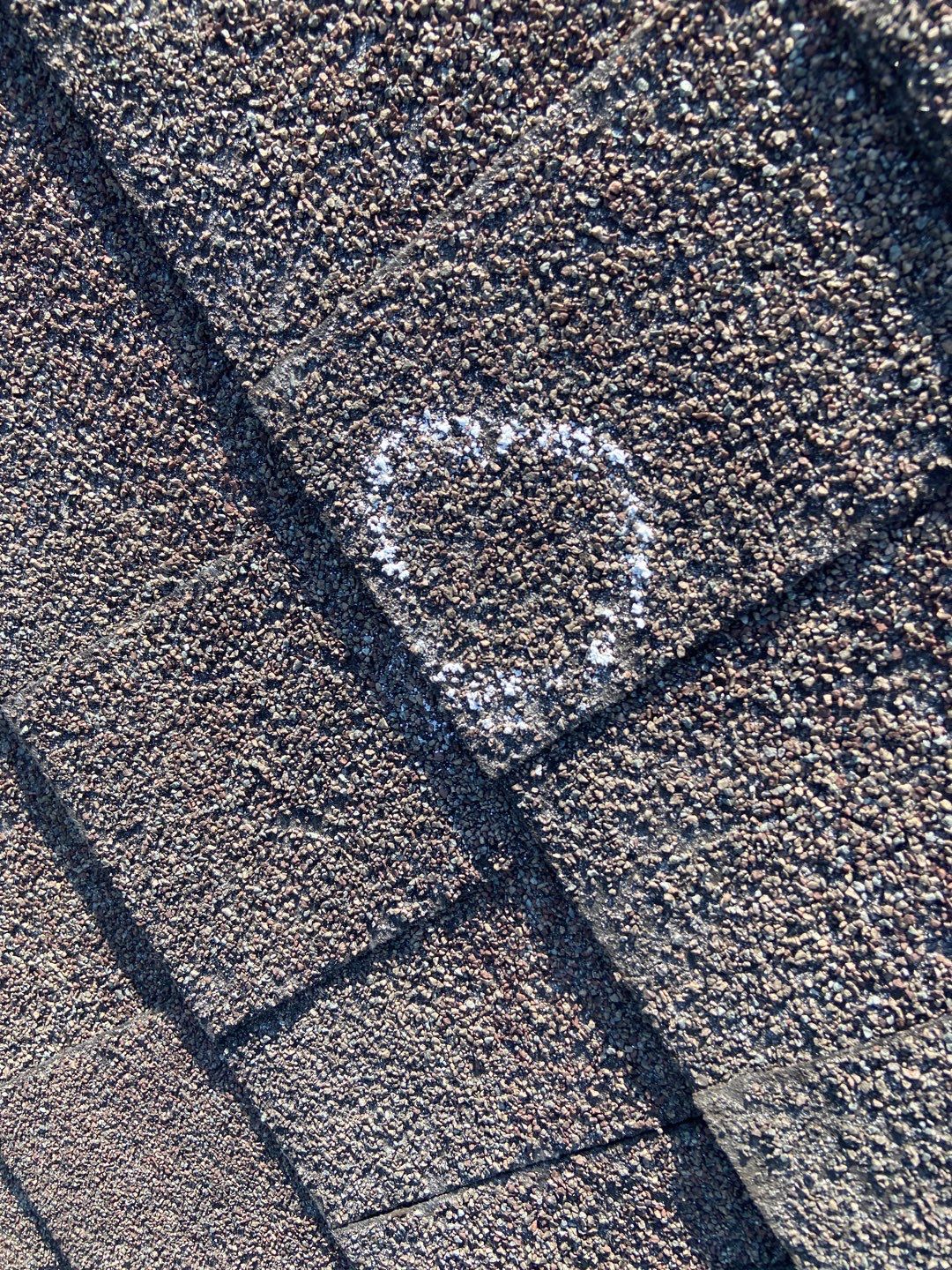
Impact of Roof Color on Curb Appeal
Energy Efficiency
The roof is often considered one of the most critical aspects of a home, both in terms of protecting the structure and defining its visual appeal. While the roof’s primary function is to shield the home from the elements, its color also plays a crucial role in two key aspects of homeownership: curb appeal and energy efficiency. These factors are not only essential for personal satisfaction but also impact the resale value and long-term performance of a home. The color of the roof, though seemingly a minor detail, can influence the overall aesthetic harmony of a property while impacting energy consumption, making it a decision that requires thoughtful consideration. In this article, we will delve deeper into how roof color affects curb appeal and energy efficiency, helping homeowners make more informed decisions.
Curb Appeal and Roof Color
The First Impression Factor
When people approach a house, the roof is often one of the most visible and dominant features. Its color and condition can have a profound effect on the home’s curb appeal, or the initial impression it leaves on potential buyers, visitors, or passersby. A well-maintained and aesthetically pleasing roof can elevate the appeal of the entire property, while a poor choice in color or a worn-out roof may detract from the home’s overall attractiveness.
First impressions matter, particularly for those looking to sell their homes. Research shows that homes with strong curb appeal are more likely to attract attention and achieve higher resale values. A roof is a substantial investment in terms of both appearance and functionality, and its color choice plays a significant role in the visual impact of the property.
A roof should ideally blend harmoniously with the other architectural elements of a home, such as the siding, windows, and landscaping. It should neither dominate nor fade into the background but instead complement the home’s overall design. The right roof color can bring the entire structure together, enhancing the aesthetic balance and creating a unified look that appeals to a broad range of tastes.
Contrast and Cohesion
In general, contrasting roof colors tend to create more dynamic visual appeal. A dark-colored roof, such as a charcoal or slate gray, paired with light-colored walls creates a striking, modern contrast. Conversely, homes with a more neutral or classic style might benefit from a roof that closely matches or complements the color of the siding. In these cases, cohesion is more important than contrast. For example, a beige or light brown home with a medium brown roof offers a warm and inviting look without overwhelming the eye.
However, contrast is not always better. For homes with bold and intricate exterior features, such as Victorian houses with colorful trim or modern homes with unique angles, a roof color that harmonizes with the design is often preferred. The goal is not to compete with other elements but to create a seamless flow.
Matching Architectural Styles
Every home has an architectural style that shapes its identity, and roof color should enhance, rather than clash with, that style. The roof color can define a home’s personality—whether that’s traditional, rustic, or modern.
Traditional Homes
For traditional homes, which include Colonial, Victorian, and Craftsman styles, darker, more classic roof colors work best. Deep shades of gray, brown, or black can emphasize the sophistication of these styles without overwhelming the design. These colors often help accentuate other architectural features like decorative moldings, window frames, and front porches.
Modern Homes
Modern homes often embrace clean lines, minimalist features, and bold contrasts. A lighter, neutral roof color such as white, gray, or even metallic finishes can complement this style, creating an appearance of sleekness and simplicity. A light-colored roof against dark siding, for instance, helps to highlight the sharp angles and unique design of a modern home.
Mediterranean and Spanish Styles
For Mediterranean-style homes, which frequently incorporate warm earth tones and terracotta, a roof color that mimics traditional clay or tile is often appropriate. Warm hues such as reddish-brown, burnt orange, or terracotta convey the rustic, sun-kissed charm typical of Mediterranean architecture. These colors work in harmony with the stucco walls and arched windows that define this style.
Cottage and Rustic Homes
Homes with a cottage or rustic feel benefit from earthy tones that echo the natural surroundings. Shades of green, brown, and taupe are ideal for creating a cozy, nature-inspired appearance. These colors blend well with stone and wood accents commonly found in cottage-style architecture, giving the home a welcoming, organic feel.
Regional and Environmental Context
The location of the home—both geographically and within its neighborhood—plays a role in the selection of roof color. In areas with distinct climates or landscapes, the roof color should not only reflect the aesthetic preferences of the homeowner but also integrate well with the surrounding environment.
- Coastal Areas: In coastal environments, light-colored roofs such as white, pale blue, or even sandy beige are popular. These shades mimic the soft tones of the beach and the sky and can help homes blend into their surroundings. Light roofs also reflect sunlight, keeping homes cooler during the hot summer months.
- Urban Environments: In cities, homes and buildings often feature modern, industrial designs, where darker roof colors like deep gray or black are often chosen for their sleek, contemporary look. These colors complement the urban architecture while offering a polished, stylish appearance.
- Rural or Mountain Areas: Homes in rural or mountainous areas, surrounded by nature, tend to blend more seamlessly with their natural surroundings when they feature earthy tones. Forest green, slate, or brown roofs work well with the lush greenery or rocky terrain found in these environments.
Coordinating with Exterior Features
The roof should always complement the home’s other exterior elements, such as the siding, windows, landscaping, and any outdoor structures. For example, a brick house often pairs well with a dark gray or black roof, while a house with a lighter or neutral exterior may benefit from a warmer, medium-colored roof to create a balanced appearance. The colors should work together, not compete for attention.
Landscaping elements also influence roof color. If a home has mature trees, a green roof may feel at home in its surroundings, while a house with little greenery may benefit from a roof color that stands out to provide contrast. It’s important to keep in mind the seasonality of landscaping as well. Roof colors that look stunning in the summer may seem less impressive in the winter when foliage is sparse, so it’s important to think about year-round aesthetics.
Energy Efficiency and Roof Color
While curb appeal is about appearance, the impact of roof color on energy efficiency cannot be overstated. The roof is integral to how a home absorbs or deflects solar radiation, which directly affects indoor temperatures and energy consumption.
The Science of Solar Reflection
Roof color influences how much heat the home absorbs or reflects, directly impacting the home’s cooling or heating costs. This principle is governed by solar reflectance—the ability of a material or surface to reflect sunlight. Lighter-colored roofs typically reflect a higher percentage of sunlight, keeping a home cooler. Darker-colored roofs, by contrast, absorb more sunlight, which increases the heat transferred into the building.
- Solar Reflectance: Light-colored roofs—such as white, light gray, and pastels—reflect more of the sun’s energy, preventing excessive heat buildup inside the house. As a result, homes with these roofs tend to stay cooler during hot weather. This is especially beneficial in warm climates where air conditioning is often necessary.
- Thermal Emissivity: Thermal emissivity refers to a material’s ability to release absorbed heat. Even if a roof absorbs sunlight, a high thermal emissivity allows it to release heat more efficiently, reducing the amount of heat that enters the home.
Cool Roofs and Their Advantages
Cool roofs, which are typically light-colored or reflective, have been designed specifically to improve energy efficiency. These roofs are made from materials or coatings that reflect more sunlight than traditional roofing options. The primary benefits of cool roofs include:
- Reduced Cooling Costs: By reflecting more sunlight, cool roofs can help reduce the indoor temperature of the home, lowering the need for air conditioning. This translates into a reduction in cooling energy costs, especially during the hot summer months.
- Extended Roof Lifespan: Cool roofs experience less thermal expansion and contraction because they absorb less heat. This means they are less likely to degrade over time, extending the life of the roof.
- Environmental Benefits: In urban areas, cool roofs help reduce the urban heat island (UHI) effect, where built-up areas become significantly warmer than surrounding rural areas due to the absorption of solar heat by buildings and infrastructure. By reflecting more sunlight, cool roofs help mitigate this phenomenon, reducing overall energy demand and contributing to cooler cities.
Dark Roofs and Their Energy Implications
Although cool roofs are ideal for warmer climates, dark-colored roofs can still offer advantages, particularly in colder regions. Dark roofs absorb more sunlight, which can help with heating in colder months.
- Heating Efficiency: In colder climates, homes with dark roofs retain heat from the sun, reducing the need for artificial heating. This can be especially beneficial in areas that experience long, harsh winters.
- Prevention of Ice Dams: In snowy regions, the retained heat in dark-colored roofs helps prevent the accumulation of snow and ice on the roof, reducing the risk of ice dams. Ice dams form when heat from the home melts the snow on the roof, only for it to refreeze at the edges, blocking water from draining off. Dark roofs reduce the likelihood of this occurring.
Balancing Curb Appeal and Energy Efficiency
The key to choosing the right roof color is finding a balance between aesthetic appeal and energy performance. Homeowners must take into account their local climate, architectural style, and personal preferences.
Climate Considerations
- Hot Climates: Light-colored roofs are the best option in hot climates because they reflect solar energy and reduce the need for air conditioning.
- Cold Climates: Dark-colored roofs are preferable in colder climates as they help absorb heat, keeping homes warmer in winter.
- Moderate Climates: In temperate regions where both heating and cooling are necessary, homeowners can balance aesthetics and energy performance by choosing a medium-colored roof that offers a compromise between heat absorption and reflectivity.
Home Value and Resale Potential
Energy-efficient homes are becoming increasingly attractive to homebuyers. Features like cool roofs or energy-efficient materials not only save money on energy bills but also appeal to eco-conscious buyers. As sustainability becomes a higher priority for many people, homes with energy-efficient features like reflective roofing materials are likely to see higher resale values.
Conclusion
Choosing the right roof color is not just about personal taste or visual appeal. The color of the roof directly impacts both curb appeal and energy efficiency, and its influence extends to the home’s overall value, comfort, and environmental footprint. Whether you prioritize aesthetics, energy savings, or a combination of both, understanding the effects of roof color is essential for making a well-informed decision. By considering factors such as architectural style, climate, and long-term energy savings, homeowners can choose a roof color that enhances the look and performance of their home while minimizing energy costs.


